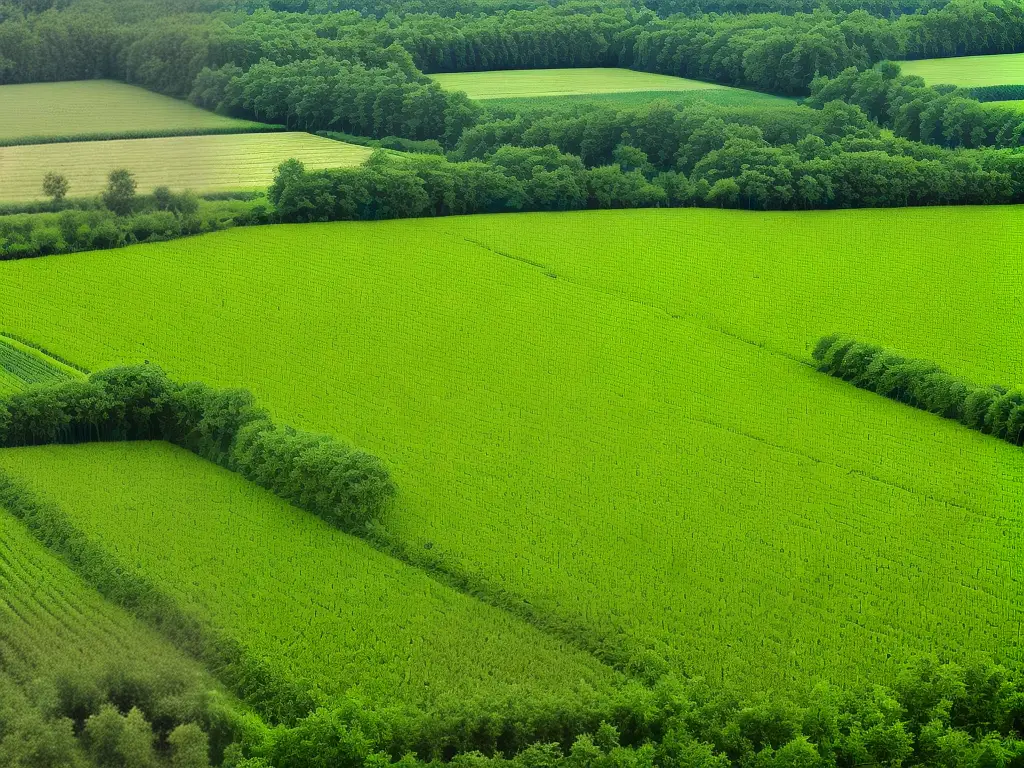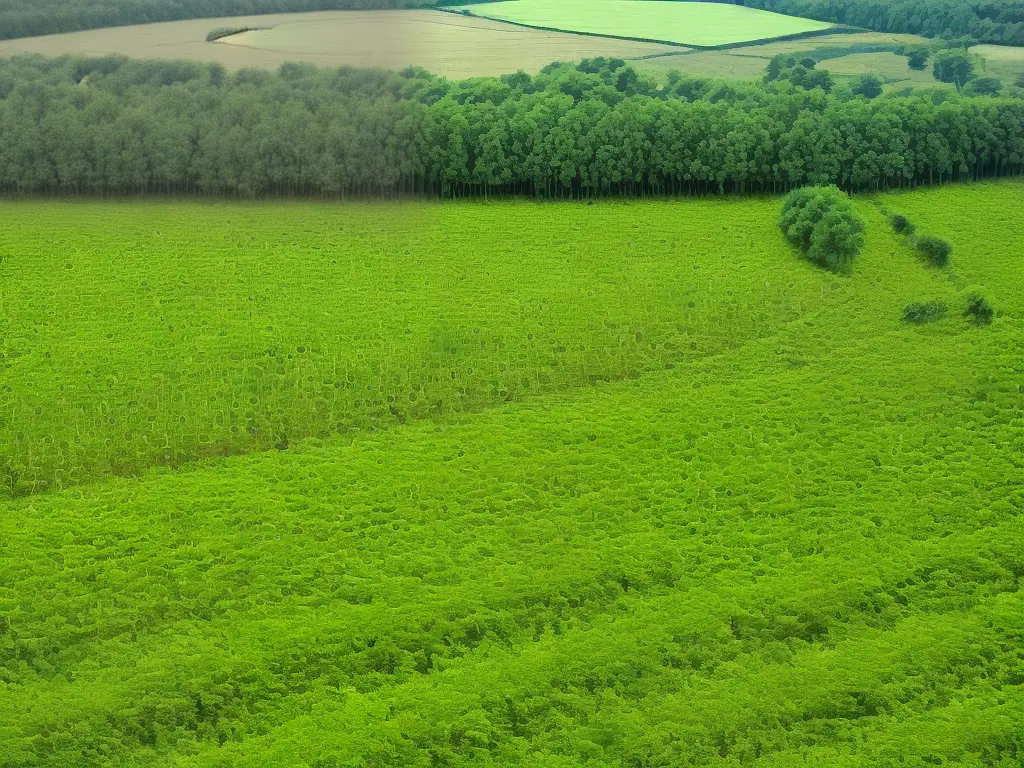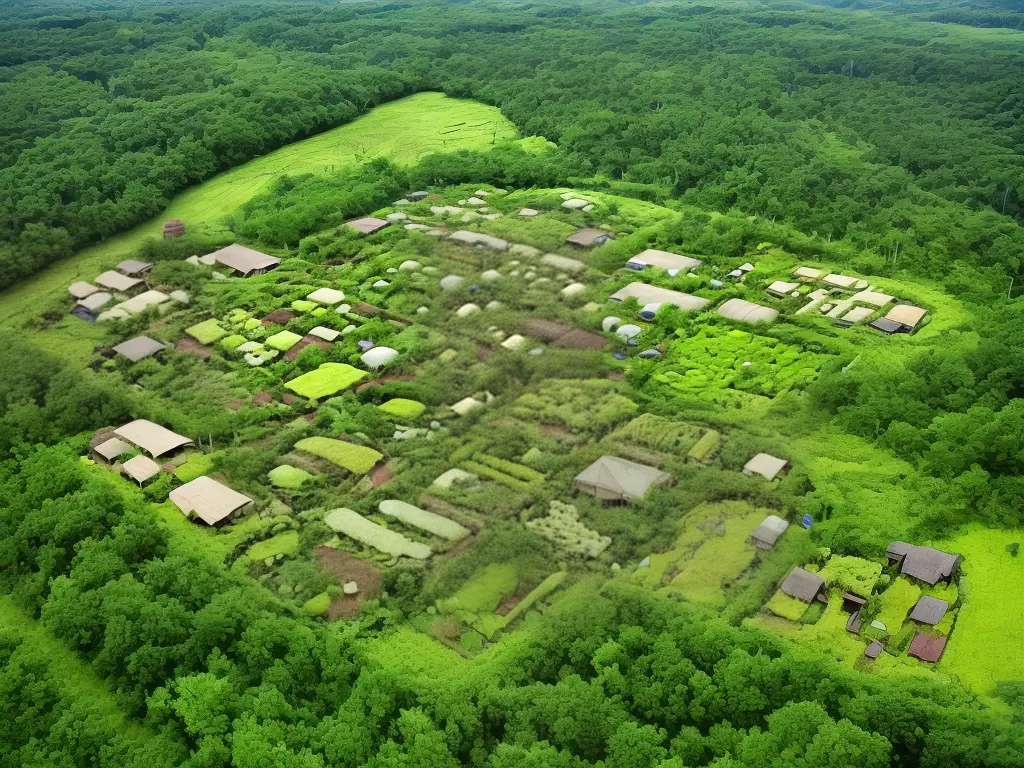A Block-by-Block Odyssey: Uncovering Lego’s Origins
Way back in the 1930s, a Danish carpenter named Ole Kirk Christiansen found himself struggling to find work. With creativity and determination, he decided to shift his focus and began crafting wooden toys in his small workshop. This marked the beginning of the iconic brand we know today as Lego!
The name Lego has a fascinating origin too: it’s derived from the Danish words ‘leg godt‘, which mean ‘play well’. Ole and his family could never have predicted how play would go on to shape the lives of kids across the globe!
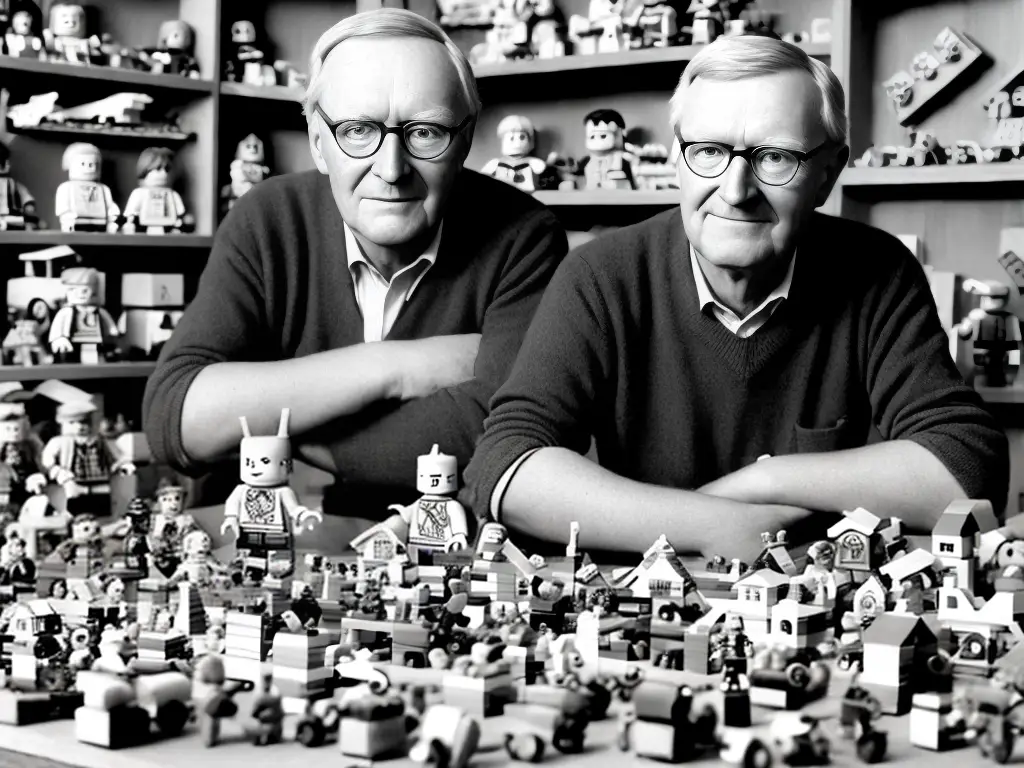
The Mighty Plastic Brick: Reinventing Lego
Shortly after World War II, Lego ditched the wooden toys and turned to a material that was gaining popularity – plastic. The first Lego brick was born in 1949 and was called the ‘Automatic Binding Brick‘. Wait, what? Yep, that’s right! It didn’t even have the name ‘Lego’ yet. Ole’s son, Godtfred Kirk Christiansen, later renamed it to the famous ‘Lego brick’ we know today.
Early versions of the brick weren’t quite like the ones we have today, though. They didn’t stick together very well, leading to a lot of wobbly creations. That all changed in 1958 when the modern Lego brick, with its interlocking design, was patented. This innovative design allowed Lego bricks to connect more securely, creating stable and sturdy structures, and proved to be a groundbreaking turning point in Lego’s history.
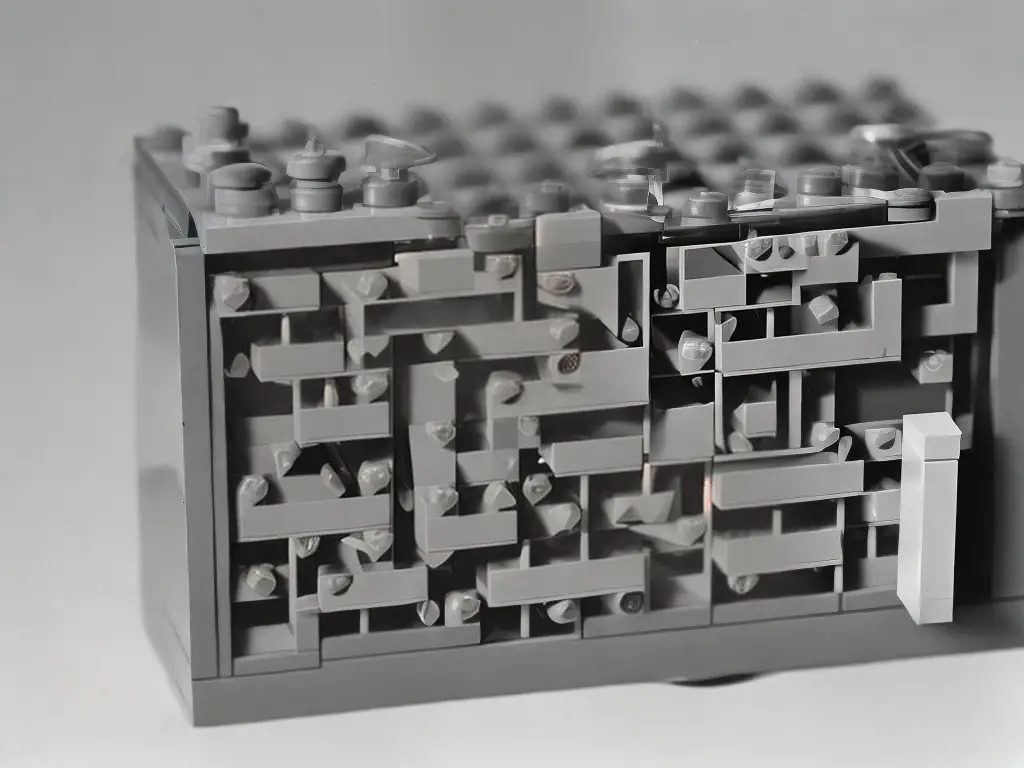
Lego Mania: Conquering the Toy World
As the Lego brick’s design evolved, so did its popularity. By the late 1960s, Lego sets were becoming increasingly creative, with themes like trains, ships, and even NASA-inspired space missions! All of these sets contained the signature interlocking bricks, but they also featured special pieces, like mini-figures and unique accessories.
In the decades that followed, Lego expanded even further, producing licensed sets based on famous books, movies, and TV shows. Kids and adults alike flocked to the stores to get their hands on sets portraying their favorite characters and stories.
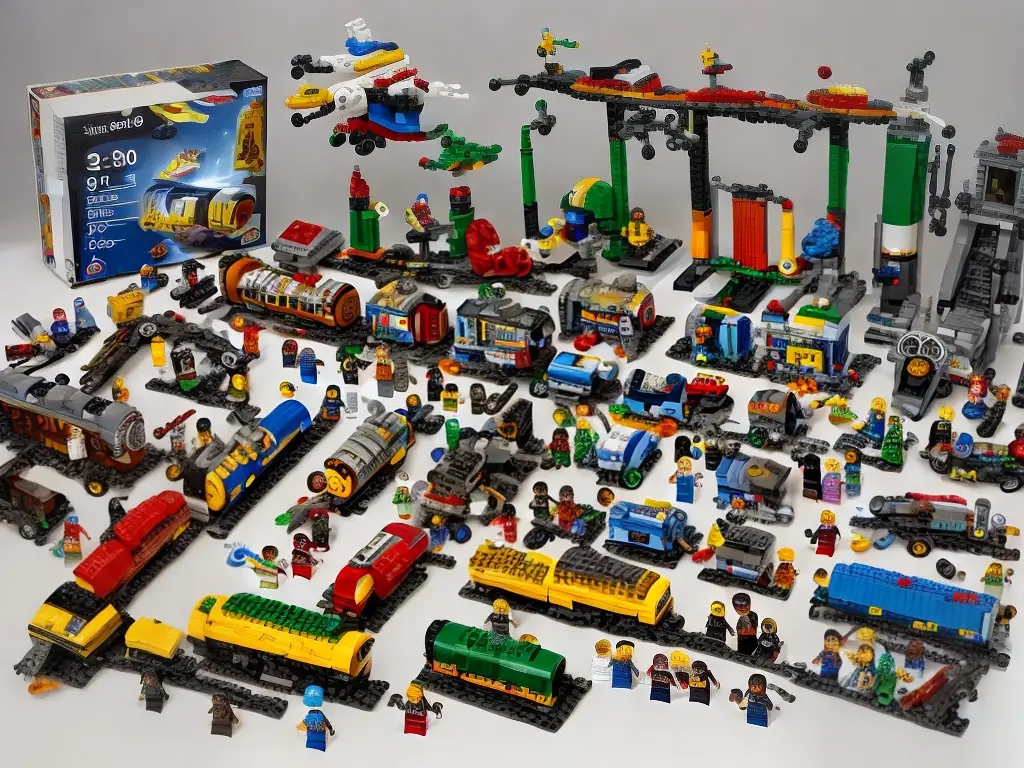
Lego Masters: Taking Passion to the Next Level
For some Lego enthusiasts, building standard sets just wasn’t enough. These ambitious builders began to create their own detailed and elaborate models, sometimes using thousands of bricks to bring their dreams to life. They didn’t stop there, though – Lego building competitions and exhibitions started to pop up all around the world, allowing fellow Lego fans to connect and showcase their awe-inspiring creations.
Today, there are even TV shows, like Lego Masters, that highlight the incredible skill and creativity of these talented builders. Some Lego aficionados have even turned their hobby into full-time careers as professional ‘Lego Master Builders’!
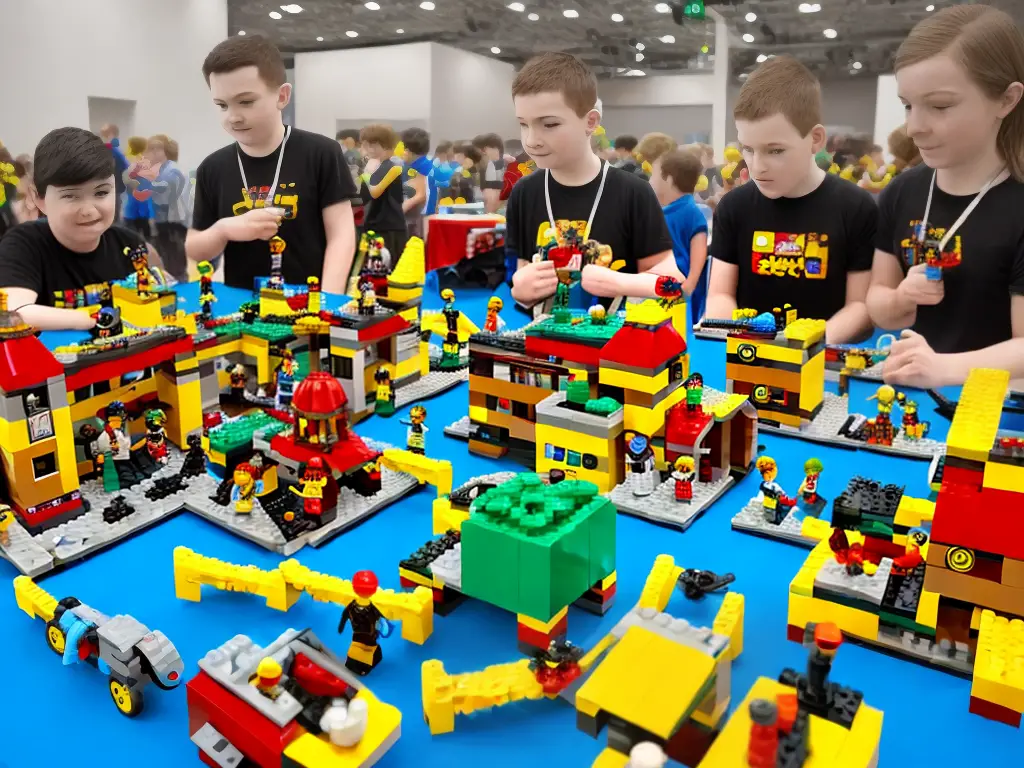
Building Genius: The Engineering of Lego
Have you ever wondered how Lego bricks manage to stick together so well? It’s all down to clever engineering. Here’s the secret: the tops of the bricks have round studs that fit perfectly into the hollow tubes on the bottom of other bricks. This design creates strong connections, allowing you to stack and interlock bricks in countless ways – the possibilities are just endless!
Get this: there’s more than your average math and science in these tiny plastic wonders. The design of Lego bricks has even inspired engineering marvels on a much grander scale, like real-life buildings and bridges! The classic 2×4 Lego brick has certainly earned its reputation as one of the most iconic and versatile toys out there.



